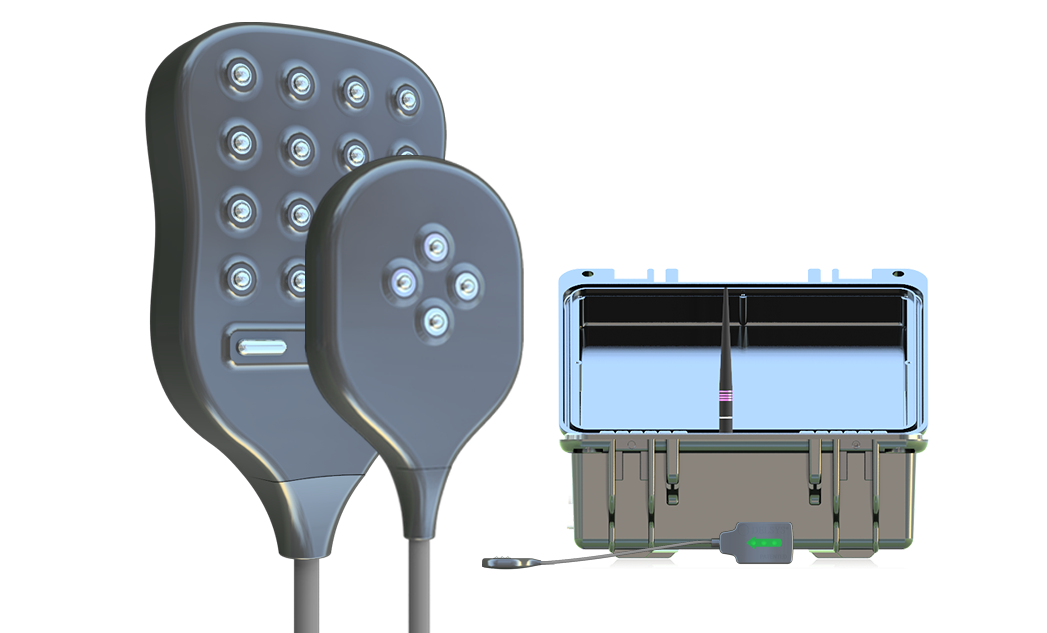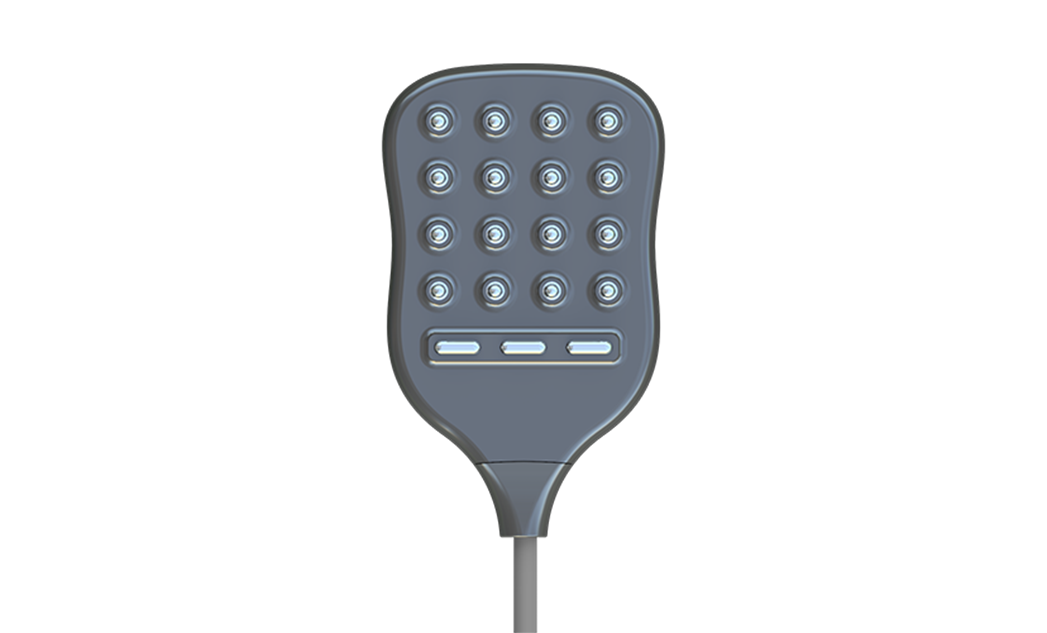Leading Institutions choose Delsys HDsEMG Solutions
The key to understanding the complexity of the neural system lies in the precision of the tools. Discover new breakthroughs in motor control with unprecedented insight into motor unit behavior with the cutting-edge advanced solutions from Delsys.

A RICHER UNDERSTANDING OF HOW THE NEUROMUSCULAR SYSTEM ADAPTS
“My research agenda explores neuromuscular adaptations to aging, disuse, and exercise rehabilitation. The ability to non-invasively examine the behavior of individual motor units via the Delsys NeuroMap system is allowing our team to have a richer understanding of how the neuromuscular system adapts. This understanding will inevitably lead to better exercise and rehabilitation prescriptions, helping us all live longer, more fulfilling lives.”

BEST TOOL TO COLLECT DATA FROM THESE SMALL MUSCLES
“Part of my drive to study human motor control is to understand the mechanisms of muscle activation and how they may be affected following an injury or a lesion. One of the projects we are working on focuses on facial muscles and using the Delsys NeuroMap system has provided our team with the best tool to collect data from these small muscles. We are working to understand motor unit recruitment in movements of facial expression. This research is only possible due to the electrodes size and configuration and the software for non-invasive EMG decomposition.”

PROVIDED OUR TEAM WITH NEW OPPORTUNITIES
“My ability to investigate the functional characteristics of healthy skeletal muscle and those living with neurodegenerative diseases relies in part, on the use of tools, to get a deeper understanding of the complex mechanisms at play. Using the Delsys NeuroMap system has provided our team new opportunities to investigate some of the fundamental principles surrounding neural control.”

EFFECTIVE AND USER-FRIENDLY TOOL AT MY FINGERTIPS
“Muscle physiology is very complex and highly adaptable. Yet, neuromotor control is central to what we do – how we move and how we interact. Consequently, it is excellent to have an effective and user-friendly tool at my fingertips (Delsys NeuroMap) developed by decades of leading researchers and bioengineers. As a researcher, I love collecting neuromotor data on either healthy or pathological conditions to determine how neuromotor control leads to dysfunction or injury or how it can be optimized for injury prevention or rehabilitation.”
FAQs
High-density surface electromyography (HDsEMG) is the use of four or more closely spaced electrodes to give insights into the spatial distribution of myoelectric excitation across a muscle.
While traditional bi-polar EMG gives an insight into the global activation strategies of the muscles, HDsEMG offers a window into the regional excitation and hence the recruitment and modulation of localized motor units within or between muscles.
HDsEMG technologies have several applications focusing on assessing how the regional excitation varies over the muscle. These applications include:
- Pain/Fatigue: Patients and athletes who can mitigate against these factors tend to redistribute load to different regions of the muscle during repetitive or sustained tasks. By using HDsEMG, it is possible to assess if the changes in regional activation occur which could minimize the effect of localized, persistent, and reoccurring pain or fatigue.
- Injury: Preferential recruitment of differing regions within a muscle has been suggested as an adaptability of the neuromuscular system to avoid potential injury from localized overload. As an example, participant-specific regional variations have been seen within hamstring muscles across the proximal and distal portions to aid performance and mitigate against injury inducing mechanisms.
- Disease: Within different disease populations, changes in regional distribution have been seen to signify maladaptation from the associated mechanical or neurological deficit. For instance, in stroke populations, paretic muscles have shown a reduction in overall motor unit numbers and more localized EMG activity resulting from de-innervation or muscle atrophy.
- Myoelectric Control: Multi-channel EMG sensors have been employed to provide a greater amount of input data for pattern recognition algorithms to create a more natural and intuitive human-machine interface. By using HDsEMG to decode the human motor intent, discrete patterns of regional muscle activation can be mapped to control outputs for the replication of specific movements of multi-functional prostheses with higher degrees of freedom.
Regional EMG amplitude differences can be interpreted as variations in the localized activation of muscle fibres in the specific regions.
Single motor unit recordings can extract information about the motor unit firing instances, firing rate and recruitment/de-recruitment thresholds to assess the effects of fatigue, neuromuscular disorders or injury and modulations brought about by training interventions.
For investigations into regional EMG amplitude differences and the spatial distribution of myoelectric signal, the Trigno Maize system provides the best solution.
When using the Trigno NeuroMap system, which includes the Trigno Galileo sensors and the NeuroMap software, investigations into single motor unit activity can be achieved during isometric and dynamic conditions using our advanced signal processing algorithms.
The HDsEMG technology provided by Delsys focuses on the wireless collection of high-fidelity EMG signals from dynamic activities, allowing you to capture unique insights from the neuromuscular system.
By re-engineering classical approaches to EMG sensors, all our innovative technologies are dry electrodes which allow for quick and easy application to the skin and high muscle conformity to maximize signal to noise ratios.
The Trigno Maize and Trigno Galileo sensors are built within the Trigno platform, meaning they can be used alongside our wide selection of compatible EMG technologies all from a single base system. Multiple Trigno Maize or Trigno Galileo sensors can be used synchronously to allow for multi-muscle investigations.






















